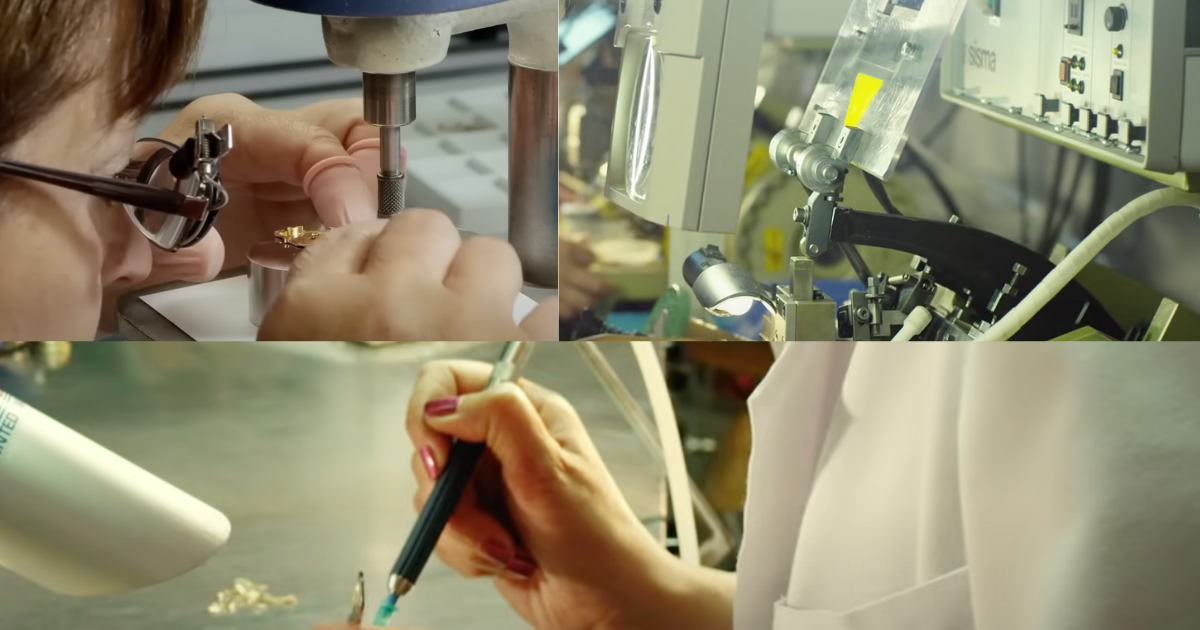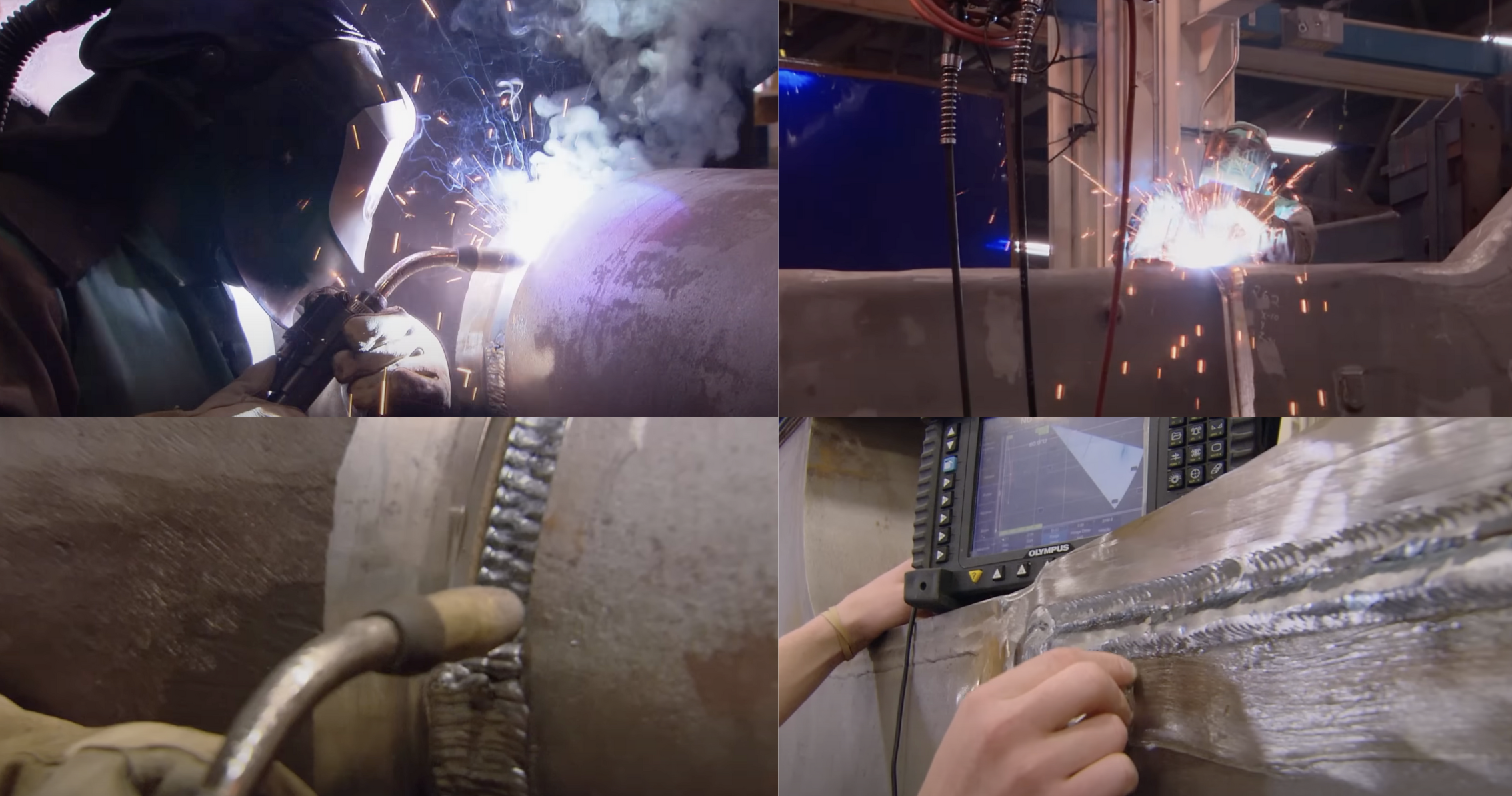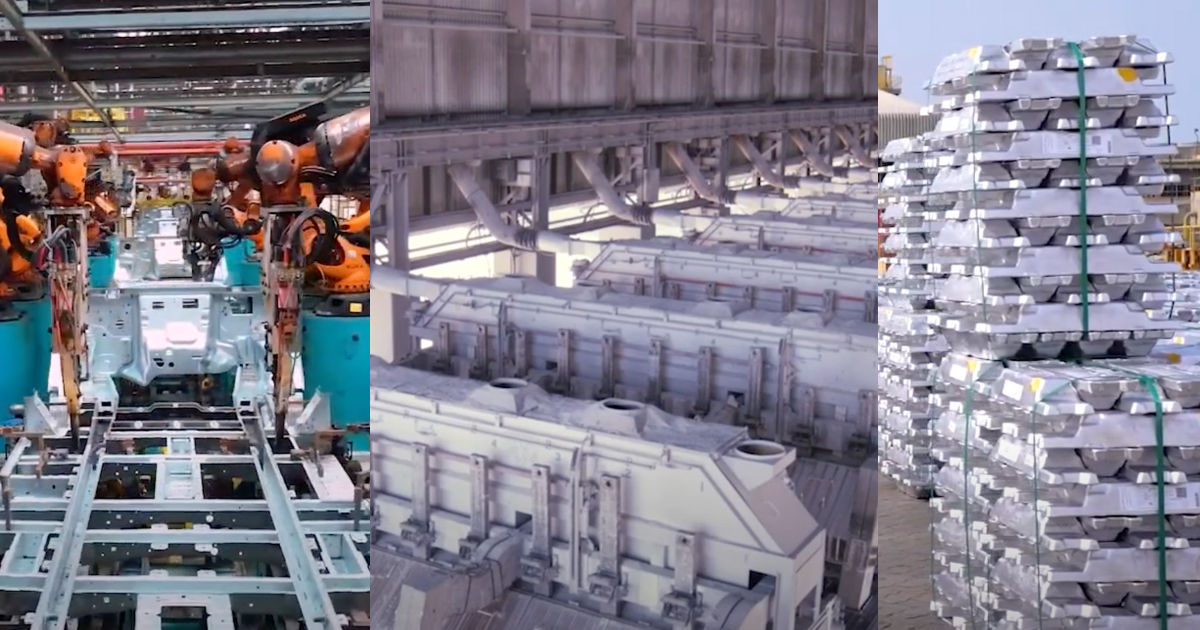
A manufacturer of precision instruments faced persistent challenges with manual assembly. Each unit was intricate, expensive, and required exacting standards of quality. Teams of around ten operators collaborated to assemble a full instrument at shared tables and stations. The work involved handling high-value metal components, wiring of different gauges, and specialized tools such as torque-controlled wrenches.
Despite the skill of the workforce, errors occurred. Common mistakes included selecting the wrong component from a bin, confusing wire gauges, or using an incorrect tool setting. Because these instruments required multiple steps across several stations, errors often went undetected until the final inspection stage. The discovery of mistakes so late in the process meant rework was costly, cycle times lengthened, and in some cases expensive assemblies were scrapped entirely.
The traditional response focused on retraining programs, closer supervision, and frequent audits. While these interventions reduced errors to some extent, they introduced new problems. Operators spent time in classrooms instead of on the floor, cycle times increased as workers slowed down to avoid mistakes, and morale suffered under constant reminders and memos. Management was addressing symptoms rather than root causes.
Frizb introduced a new approach. Overhead cameras monitored operator hand movements in real time. Tactical monitoring provided immediate alerts when a worker reached for the wrong item, enabling correction before the mistake propagated downstream. Strategic monitoring looked beyond single incidents. By analyzing repeated mispicks and identifying high-risk zones, leadership saw clear evidence that assembly layout contributed significantly to errors.
Relayout of stations, dispersal of similar items into separate areas, and clearer organization of bins reduced opportunities for confusion. The results were substantial: a 50 percent reduction in mispicks, lower rework costs, reduced waste of expensive materials, and a more efficient production cycle. Operators welcomed the change, reporting fewer retraining sessions and greater confidence in the assembly process. Leadership valued the evidence base that justified investment in layout redesign.
This case demonstrates how tactical monitoring prevents immediate errors, while strategic pattern analysis delivers long-term systemic improvements. Together, they provide a blueprint for resilient quality control in high-value precision instrument assembly.
The factory produced complex precision instruments involving multiple components and sub-assemblies sourced from different upstream processes. Each final unit represented a significant investment in materials and labor. Quality expectations were uncompromising; even minor mistakes compromised functionality and required expensive correction.
The assembly process relied on collaborative teamwork. Around ten operators worked together at shared tables to build each instrument from start to finish. Tasks were interdependent, and handoffs occurred frequently. Components and tools were stored in shared zones, requiring careful coordination.
Operators faced several challenges:
The consequences of these errors were amplified by timing. Because most mistakes were only detected at the end of the process, the cost of correction was multiplied. Rework consumed time and materials, scrapping added expense, and throughput suffered.
The factory had historically relied on traditional quality management approaches. Supervisors emphasized training and retraining, issued reminders, and increased audits. These steps improved compliance but did not address systemic causes. Operators were cautious but slowed production to avoid mistakes. Cycle times lengthened, capacity was constrained, and frustration grew.
The leadership team recognized that continuing with training alone would not deliver sustainable improvement. They needed a method that could intervene earlier and reveal deeper structural drivers of error.
Before Frizb monitoring, management leaned on three levers: training, supervision, and audits.
Operators received initial training and refresher sessions whenever error rates rose. Sessions covered standard operating procedures, identification of components, and correct tool usage. While training improved awareness, it also carried costs:
Supervisors increased their presence at workstations. They reminded operators to double-check components and tools, and issued memos highlighting common errors. This approach improved compliance temporarily but created tension. Operators felt micromanaged, and supervisors spent more time correcting than optimizing processes.
Audits were conducted mid-shift to identify errors earlier. Inspectors reviewed partial assemblies and flagged potential mistakes. This caught some issues before final inspection but slowed down production. Auditors could not observe every step, so many errors still slipped through.
The traditional measures reduced visible errors but at a cost:
The fundamental limitation was that the approach treated errors as individual lapses rather than systemic outcomes of layout and workflow design.
Frizb introduced a tactical monitoring layer using overhead cameras placed above assembly tables. The cameras tracked hand movements, zones of activity, and interactions with bins and tools.
The system first established baselines for normal movements:
This baseline defined what “correct” looked like for each stage of assembly.
When an operator reached into the wrong zone or selected a component inconsistent with the baseline, the system generated an immediate alert. For example:
These tactical interventions prevented errors from advancing through multiple steps. Operators corrected mistakes immediately, and the cost of correction was negligible compared to late-stage rework.
Operators described the alerts as helpful prompts rather than punitive measures. The system reduced anxiety about final inspection because issues were caught early. Supervisors saw fewer faults at the end of the line, and quality inspectors confirmed a reduction in rejected instruments.
Within weeks, tactical monitoring reduced the volume of errors discovered at final inspection. Rework hours declined, and material waste was lower. The intervention demonstrated the power of immediate detection, but leadership wanted to understand why errors occurred in the first place.
Tactical monitoring prevented immediate mistakes, but strategic pattern analysis revealed systemic drivers. Frizb’s system logged every mispick, incorrect tool usage, and near miss. Over time, patterns emerged.
Heatmaps showed concentrations of errors in certain bins and zones:
These insights reframed the issue. Errors were not simply lapses in operator focus but outcomes of environmental design. Placement strategies contributed significantly to mistakes.
Supervisors presented the heatmaps and deviation data to leadership. The visuals were compelling. They showed repeated mispicks in the same locations across multiple operators and shifts. This proved the problem was structural, not individual.
Leadership approved a relayout of assembly stations:
The relayout was data-driven. Instead of broad retraining, leadership made specific changes targeted at proven problem areas.
After relayout, the frequency of mispicks fell sharply. Operators reported less confusion, smoother collaboration, and faster handoffs. Supervisors saw error reports decline, and quality inspectors confirmed fewer faults at final testing.
The combined effect of tactical alerts and strategic relayout produced significant gains.
The system changed the conversation around errors. Instead of attributing mistakes to individuals, leadership and operators worked together to address systemic drivers. This fostered collaboration and improved morale.
The experience of the precision instrument manufacturer offers several lessons for leaders in complex assembly environments.
This case illustrates the shift from traditional training-heavy approaches to evidence-driven pattern monitoring. In a high-value, collaborative assembly environment, tactical monitoring provided immediate protection against errors, while strategic analysis delivered long-term systemic improvements.
The outcome was clear: fewer errors, reduced waste, stabilized cycle times, and greater operator trust. Leadership gained a blueprint for sustainable quality management, grounded in data rather than assumption.
For organizations assembling intricate and expensive products, this approach offers a path to resilience. Monitoring becomes more than a compliance tool. It becomes an enabler of productivity, quality, and trust.



